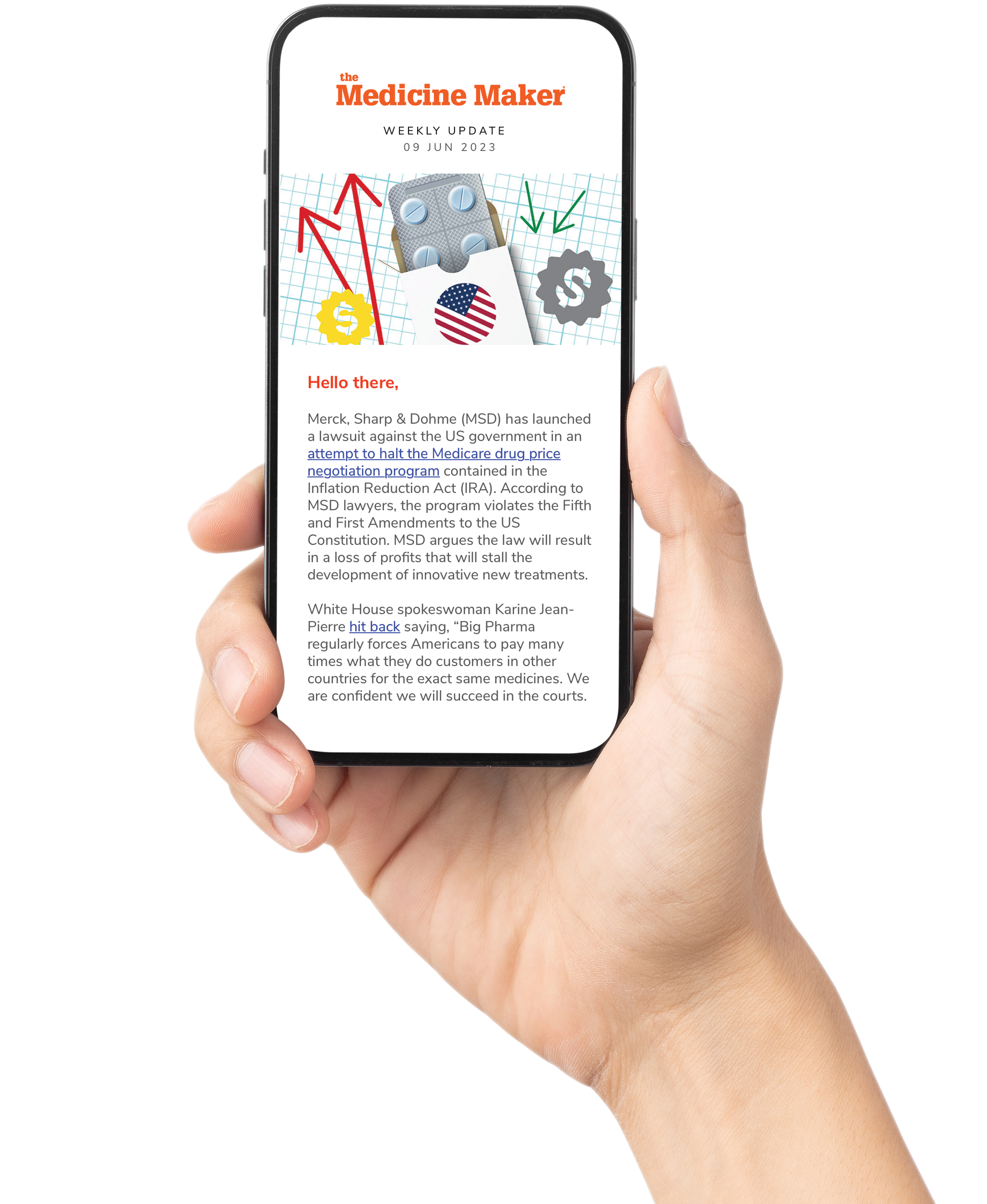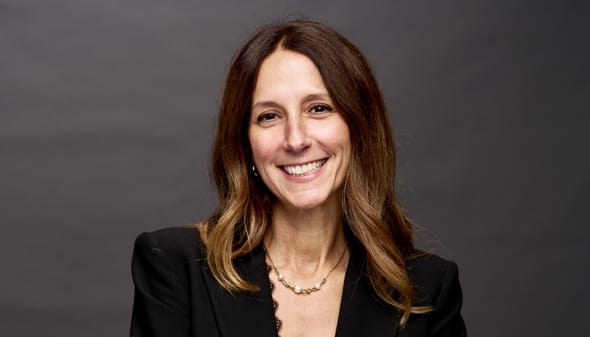
There is no plain sailing for venture capitalists involved in the life sciences sector as it operates under a second Donald J. Trump term. With fast-paced volatility, investors are recalibrating how risk is underwritten. What does this mean for pharma and how can new-build companies survive cycles and still scale? We speak with Power Lister Audrey Greenberg, Mayo Clinic Venture Partner and AG Capital CEO, about the latest US developments and what they mean for venture capital and pharma.
What’s the situation with venture capital in the new Trump era?
Capital is still flowing, but it’s more selective. Valuations are compressed. Diligence is deeper. Founders with clean cap tables, diversified payer exposure, and global flexibility are getting deals done. But if you’re running a burn-heavy model in a single-market geography, it’s tough. There’s no patience for stories without near-term traction.
Let’s talk about the FDA. There has been a lot of unease there this year. Where do things stand now?
Makary’s appointment raised eyebrows, but he’s actually surprised the industry – in a good way. He’s pushing faster timelines, rare disease acceleration, and openness to digital trials. He’s also rehiring critical reviewers and clearing the backlog. That’s real progress. The FDA isn’t fixed, but it’s not the bottleneck we feared six months ago. That matters when you’re mapping out capital needs and valuation inflection points.
Tell us about the “Big Beautiful Bill”? Investors loved the tax cuts but is there another side to it?
On paper, it’s great: tax relief, deregulation, and some corporate breathing room. But the Medicaid work requirements, the risk to the National Institutes of Health and Advanced Research Projects Agency for Health (ARPA-H) budgets, and the uncertainty around the Affordable Care Act stability – especially Medicaid expansion, protections for pre-existing conditions, and access to affordable insurance plans – create downstream problems. Innovation doesn’t happen in a vacuum. If fewer patients are covered or enrolled in trials, or if basic science gets defunded, the pipeline dries up. Short-term gain, long-term risk.
How are tariffs affecting portfolio companies?
Tariffs are the silent tax on healthcare. Materials, devices, manufacturing inputs, even biologics components are more expensive and slower to move. We’re seeing cost inflation hit trial budgets, commercial costs of goods sold, and strategic timelines. Some early-stage companies won’t make it through this cycle because they’re getting squeezed on both margin and time – and investors are pricing it in.
Are you still seeing paths to exit once returns are realized?
It’s not a shut door, but it’s narrow. The Initial Public Offerings market is cold; special purpose acquisition companies are gone; mergers and acquisitions are focused on late-stage, de-risked assets. That’s forcing us to think differently with longer hold periods, more inside rounds, dual-track strategies, and commercial partnerships as interim milestones. There’s no quick flip. You have to build real value and be ready to wait.
What’s happening on the talent side?
Founders are under intense pressure. They’re managing science, strategy, regulation, and now geopolitical headwinds. We’re seeing more burnout, more turnover, and real stress. Immigration issues aren’t helping either.
As investors, we’re doubling down on leadership: people who can stay focused, communicate clearly, and operate through chaos. You can have great science and still fail if your team can’t adapt.
Are geographic strategies shifting?
Absolutely. Companies are manufacturing in Ireland or Singapore with IP registered abroad and trials being launched in Europe or Canada. The US is no longer the default. It’s one of many paths. That shift is only accelerating.
How is AI influencing the current environment?
The velocity is incredible. AI is transforming discovery. Automation is accelerating workflows. Real-world data is reshaping trial design. The tech curve is steep, but policy isn’t keeping up. Regulation is lagging. Reimbursement is stuck in the past. That gap is dangerous.
What are VCs doing differently?
We’re underwriting geopolitical and policy risk; focusing on capital-efficient platforms; co-investing with strategics who understand the terrain; and backing leadership that knows how to pivot without panic. We’re also doubling down on services and healthtech models with built-in resilience. As for preclinical science without a reimbursement path – that’s pretty hard to get done right now.
Do you have a message for policymakers?
Innovation doesn’t survive chaos. We need consistency in regulation, stability in funding, and a functioning reimbursement system. We’re asking for clarity. If we can’t plan, we can’t invest. And if capital leaves, the science follows.
How about one for industry?
The opportunities are still there, if you can keep pivoting without panicking. Make sure the boat you’re building can tack in rough waters.




